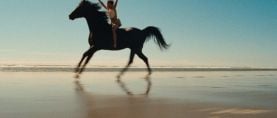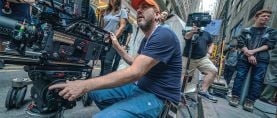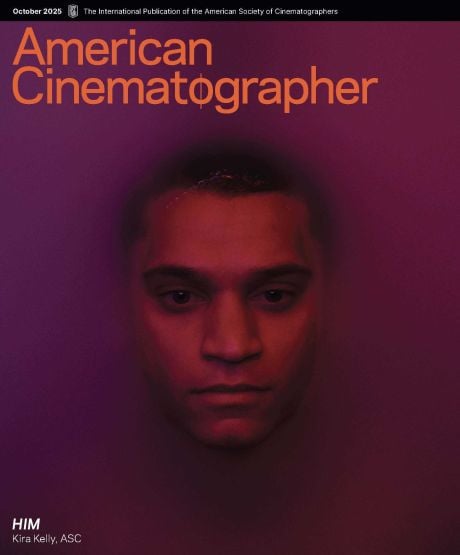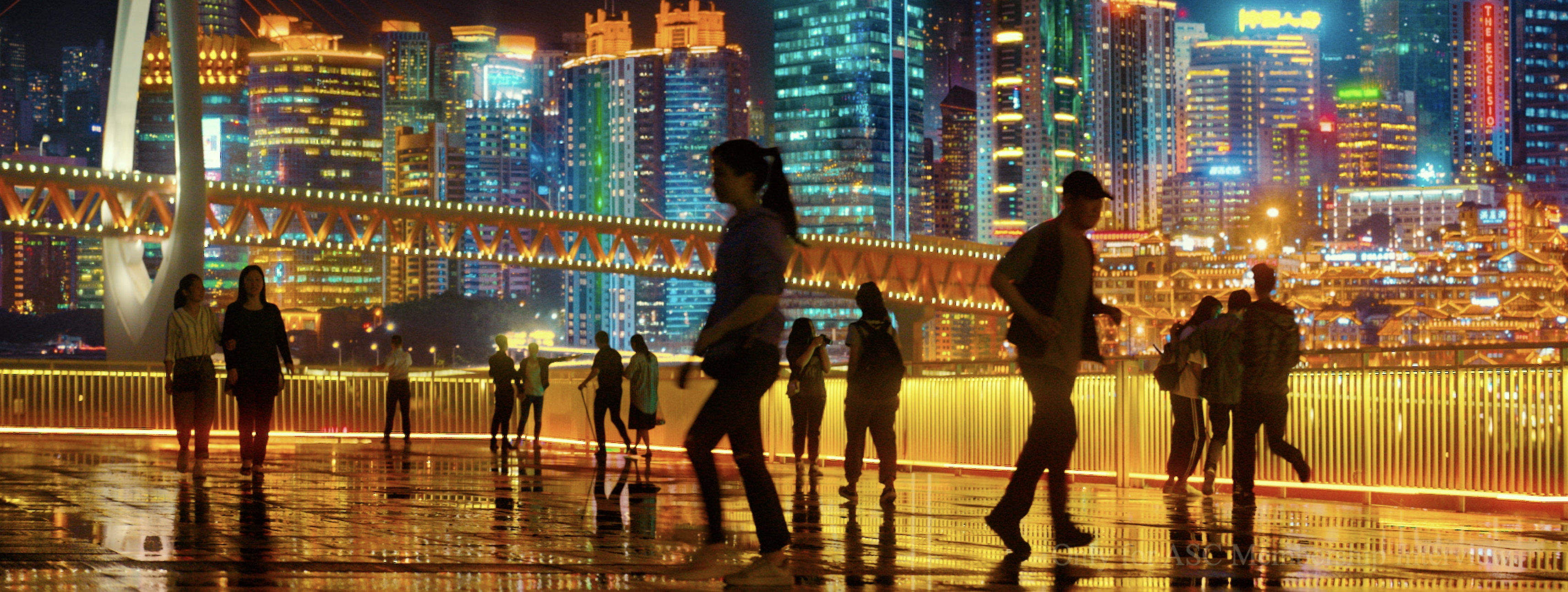
Under the Light: All the Colors of Crime
Luo Pan, ASC, CNSC and director Zhang Yimou capture a distinct, richly hued milieu for this contemporary tale of corruption in China.
Under the Light is a fast-paced urban crime procedural with a strong Chinese government-inspired anti-corruption message, shot by Luo Pan, ASC, CNSC for the highly acclaimed director Zhang Yimou. The narrative is supported visually by Luo Pan’s very striking nighttime cinematography, which makes full use of reflections from rain-drenched streets, garishly lit riverboats and the neon lights of a modern Chinese city.
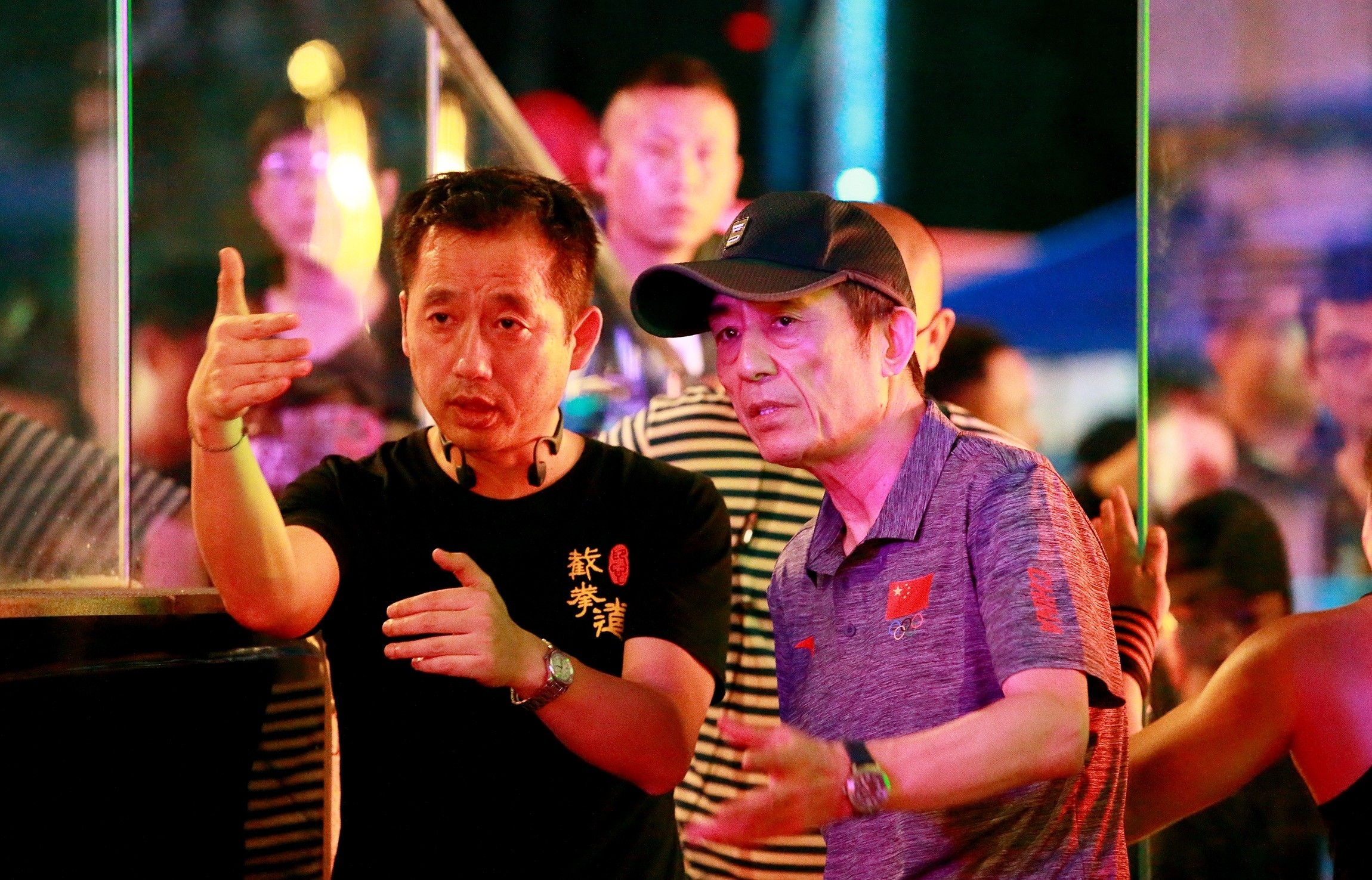
Zhang Yimou, who has been nominated three times for an Oscar — Ju Dou (1990), Raise the Red Lantern (1991) and Hero (2003) — is known for his preference for rich colors, and Luo Pan worked hard to deliver the director’s vision. Zhang had not shot a film set in the present day for some 15 years, so when he first met Luo Pan to discuss Under the Light, “he said, ‘I need it to look very special.’”
The cinematographer — known for The Sacred Arrow (2014), Mr. Six (2015) and I am Not Madame Bovary (2016) — said that for a few months at the beginning of the project he was on the phone for up to two hours every day as they discussed how to shoot the film.
Under the Light opens with a man with a bomb holding a busload of passengers hostage, and quickly draws in the vice mayor Zheng Gang (Zhang Guoli) and billionaire businessman Li Zhitian (Yu Hewei), who have a murky relationship. The plot is further complicated by Zheng’s wife, He Xiuli (played icily by Joan Chen), and the fact that the young police officer who is assigned to investigate the bus hostage incident, Su Jianming (Lei Jiayin) is the son of the vice mayor. Apart from the young policeman, nobody comes out without their share of culpability, and the film ends with a strong public service message criticizing corruption and highlighting the new Anti-Organized Crime Law in China.
The film is set in the fictional metropolis of “Jinjiang,” but was mostly filmed in the south-western city of Chongqing, which is located on the Yangtze river. Luo Pan did extensive scouting with the production designer, and quickly realized that the predominant haze and fog in the city during the day would make it hard to capture vivid colors, so — over the objections of the screenwriter — he persuaded Zhang to let him film most of the outdoor scenes at night. “I designed a unique LUT, showed him tests from Chongqing and he said he liked how I shot the city.” Zhang had said he wanted something “criminal, but not dirty – I told him I would do it like cyber punk!”
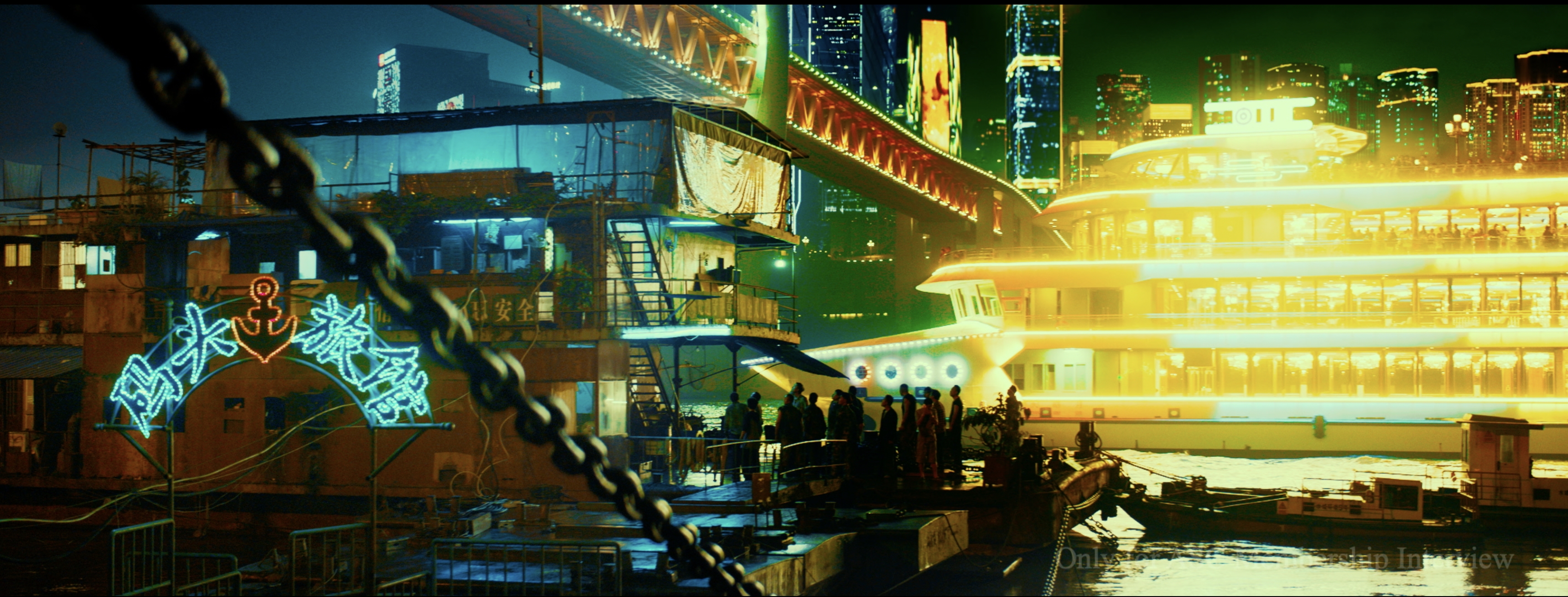
Chongqing’s streetlights were not strong enough to achieve the desired effect, so Luo Pan used a lot of Skypanels — he had about 150 on set. He also bought thousands of sheets of Plexiglass which he used to reflect light. “I told the director that we can see lights everywhere, but we can’t tell what they are exactly.” Luo Pan set the ISO at 1600 — “to make the background brighter and keep color.” He chose to shoot with an Alexa Mini, because it kept the color in the highlights. “So, we had lights behind and darkness in the foreground… It is a crime film — with a dark heart.” In total, he designed 20 LUTs, but ended up using only three of them – “one for night, one for rain and one for daytime.”
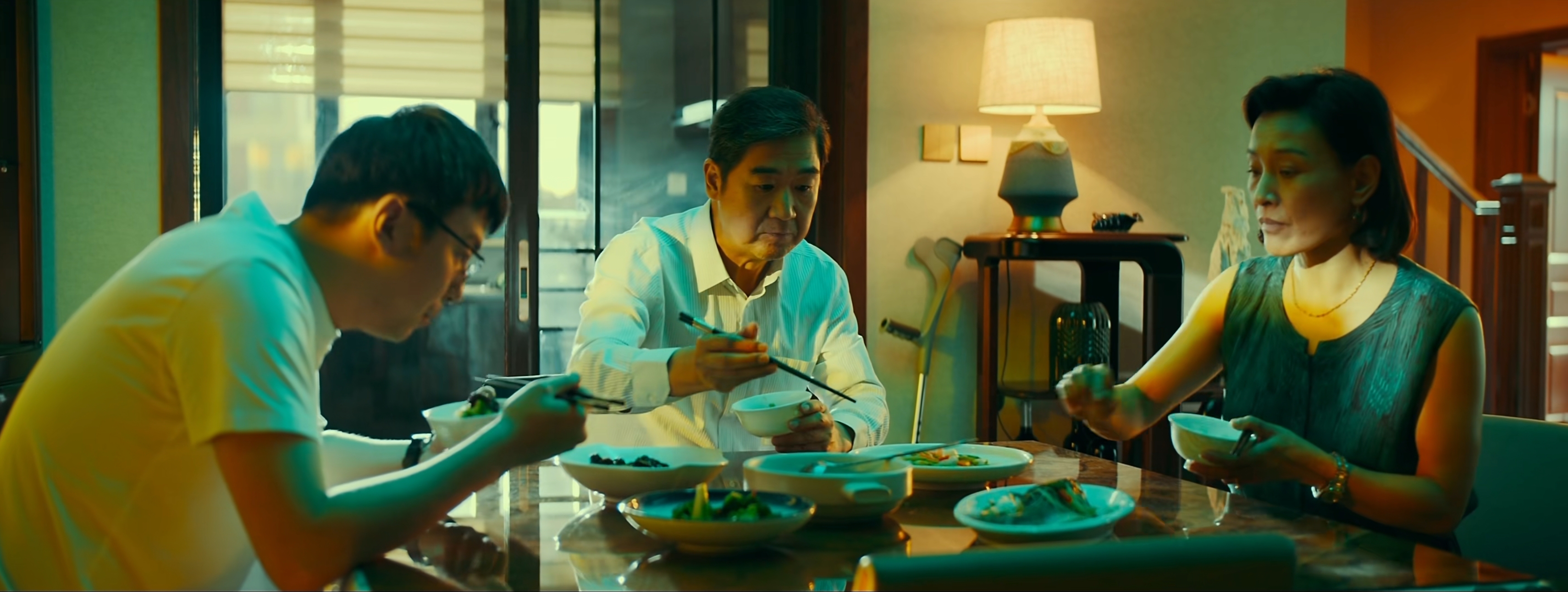
As the cinematographer explains, Zhang liked to use up to five cameras for any scene with two or more actors, “so I designed light ahead, and we used the Skypanels to project light a long way, because with so many cameras I could not get close to the light.” In addition, a lot of the camerawork was done handheld, “getting the operators involved in what is happening.”
One scene had the vice mayor meeting a young woman on a subway car, but Chongqing transit officials would only allow the crew minimal control of the train: “We had to set up, light and shoot everything in just that 30 minutes.”

For the shots on the river, he had to wait each time for a tourist boat, all lit up, to come by before starting to shoot. “We used reflections a lot – glass, Plexiglass, shiny metal, water — we wanted to show the idea of a personality with a hidden self.”
In the end, secrets are revealed and justice prevails — but not before a full palette of evil, depravity, betrayal and violent crime in a busy Chinese urban setting have been portrayed in gripping colors on screen by Luo Pan and his crew.

AC recently covered Zhang Yimou’s period fantasy Shadow, photographed by Zhao Xiaoding, ASC, CNSC.
